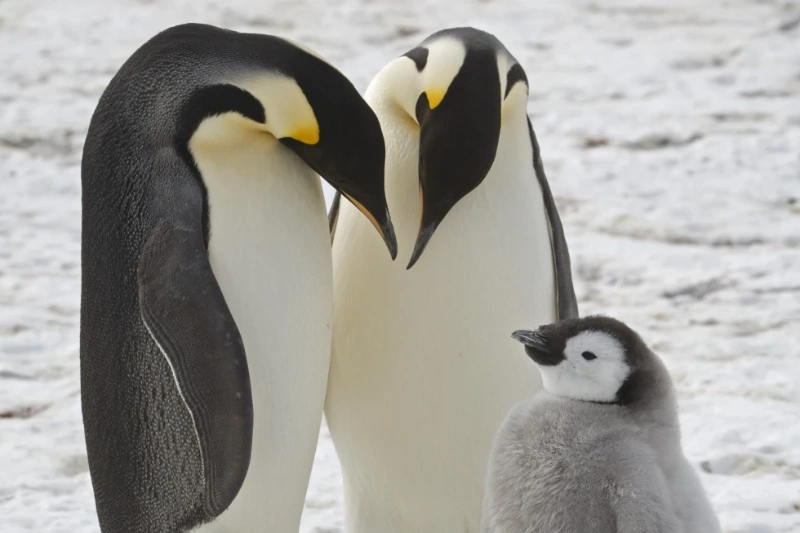Satellite Images Reveal Emperor Penguin Population Decline in Antarctica

The population of emperor penguins in one section of Antarctica appears to be falling faster than previously thought, according to a new satellite imagery analysis released on Tuesday.
The projected population of 16 penguin colonies, visible in satellite photographs taken between 2009 and 2024, dropped by 22% during that time, owing primarily to climate change, which is reducing the amount of available sea ice. Scientists say it's unknown whether this reduction is occurring across the continent.
"Sea ice is vital for penguins because they breed and forage on sea ice," said Peter Fretwell of the British Antarctic Survey, who assisted with the data analysis.
Previously, scientists believed that the whole emperor penguin population in Antarctica had fallen by around 10% during the last decade and a half. The newest survey covered the Antarctic Peninsula, the Weddell Sea, and the Bellingshausen Sea.
"It's alarming that the numbers are so much worse than predicted," said Daniel Zitterbart, a penguin researcher at the Woods Hole Oceanographic Institution who did not participate in the study.
The newest estimate contains uncertainty. The methodology is based on calculating the density of penguins in each region where they are discovered in a single annual satellite snapshot.
The examined colonies account for approximately 30% of the total emperor penguin population, which is found exclusively in Antarctica. The lack of stable sea ice may harm penguins in ways other than limiting their nesting areas.
"More predators like leopard seals and orcas may be able to come in closer to the colonies if sea ice breaks up earlier in the year," according to Fretwell.
He noted that rising ocean temperatures and shifting rainfall patterns could also affect penguin chick survival.